East side apartments are the new Melbourne landmark
November 10th, 2009
Becton Property Group’s latest signature development, One East Melbourne designed by Ashton Raggatt McDougall (ARM) aims – in the words of the architects – “to realise the urban potential of the site”, standing at the point where the city meets the city edge.
Comprising 85 apartments and an adjoining six-storey commercial building, the complex includes three levels of office space and car space respectively, and a rooftop garden gazing down the Yarra River and into the inner city.
Designed by FORMium Landscape Architects, the garden is one of the building’s major features, with a texture coloured pattern and geometric linear curves.
One East Melbourne’s urban location is critically placed, perched at the edge of the CBD grid, at 289 Wellington Parade South.
One benefit of this exceptional location is that the building acts as an “urban sphinx, standing at the gateway to the CBD”.
The south-facing tower has a folded, angular profile, resulting in a clear, distinct appearance from afar.
In contrast to this is the curved form of the north-facing tower, comprised of winter gardens.
Director of ARM, Ian McDougall, says: “While the building is a singular structure it has been articulated into its component parts, expressing the functional differences.”
The interior design was undertaken by one of the world’s classiest architects, Claudio Silvestrin, in partnership with Melbourne design firm Carr Design.
The result is clean, uncluttered living spaces with a signature elegance and sense of calm. Complementing this are classic Silvestrin touches such as the ample use of porcelain tile, bluestone, leather and panel walls.
Becton Property
becton.com.au
Ashton Raggatt McDougall
a-r-m.com.au
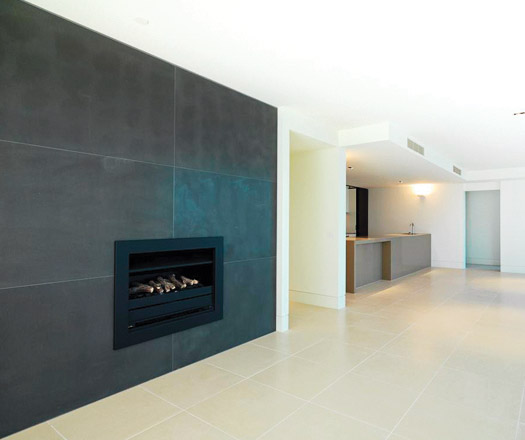

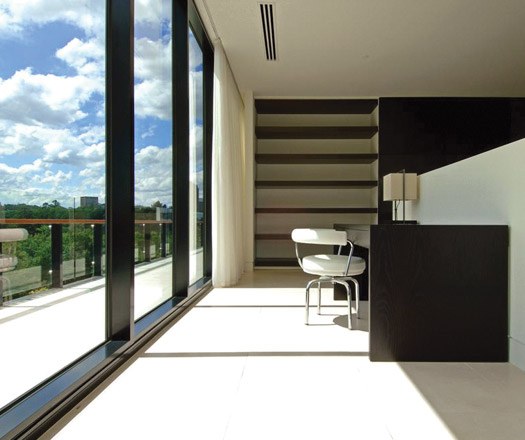
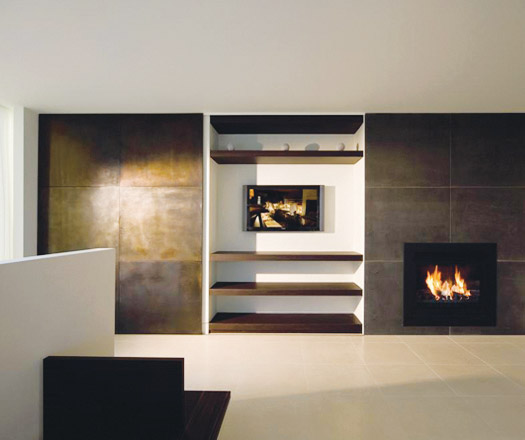
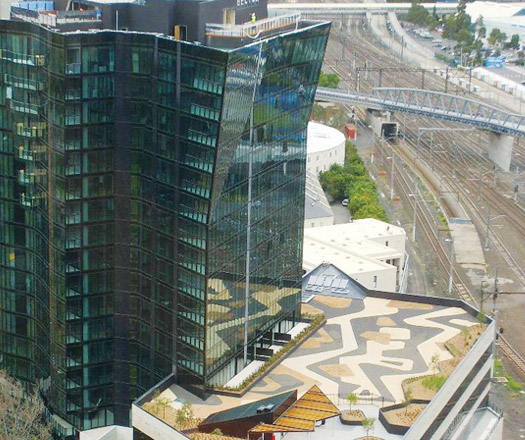
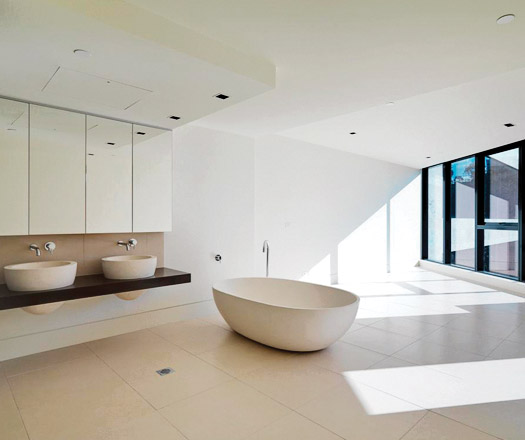
INDESIGN is on instagram
Follow @indesignlive
A searchable and comprehensive guide for specifying leading products and their suppliers
Keep up to date with the latest and greatest from our industry BFF's!

Welcomed to the Australian design scene in 2024, Kokuyo is set to redefine collaboration, bringing its unique blend of colour and function to individuals and corporations, designed to be used Any Way!
The new range features slabs with warm, earthy palettes that lend a sense of organic luxury to every space.

What might the A+D community learn from libraries, gastronomic competitions, merrymaking and wine? Well, funny you ask…
Elana Castle goes underground to meet the Queen of Rice Paper Rolls, Najhi Chu, in Sydney’s city centre.
Danish designers, Flemming Busk and Stephan B. Hertzog will be in Australia next week. You are invited to join the pair for a free lunch and an absolutely unique opportunity to meet two luminaries of Danish design in person. The two Q+A Luncheons will be held in Melbourne on 24 February and Sydney on 26 […]
The internet never sleeps! Here's the stuff you might have missed

Explore the prizes up for grabs at Saturday Indesign this year when you register and check into 10+ showrooms on the day.